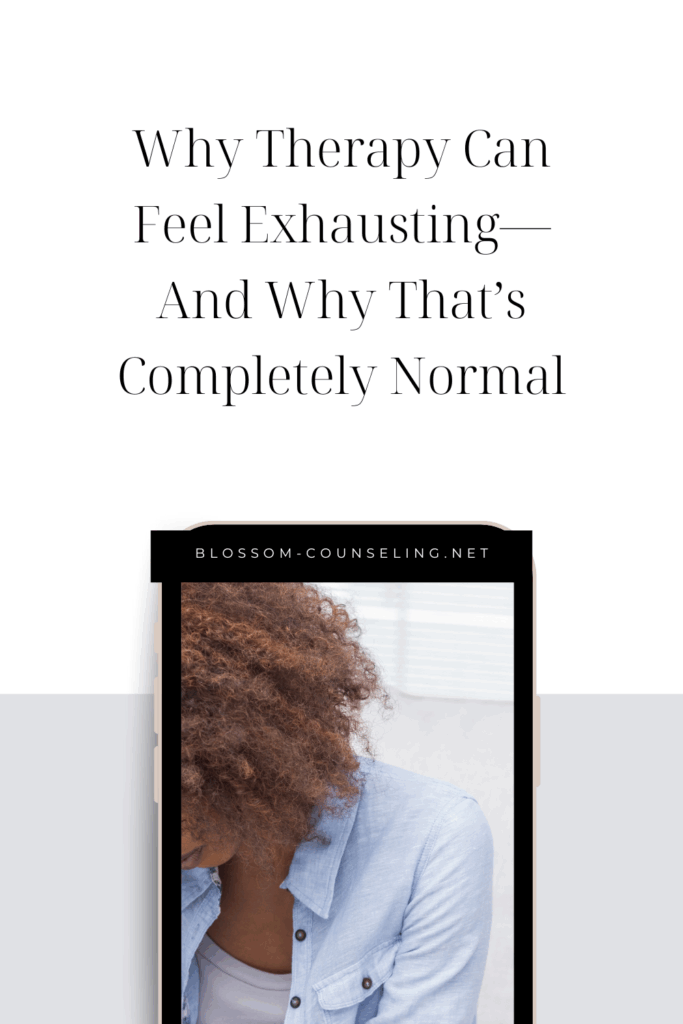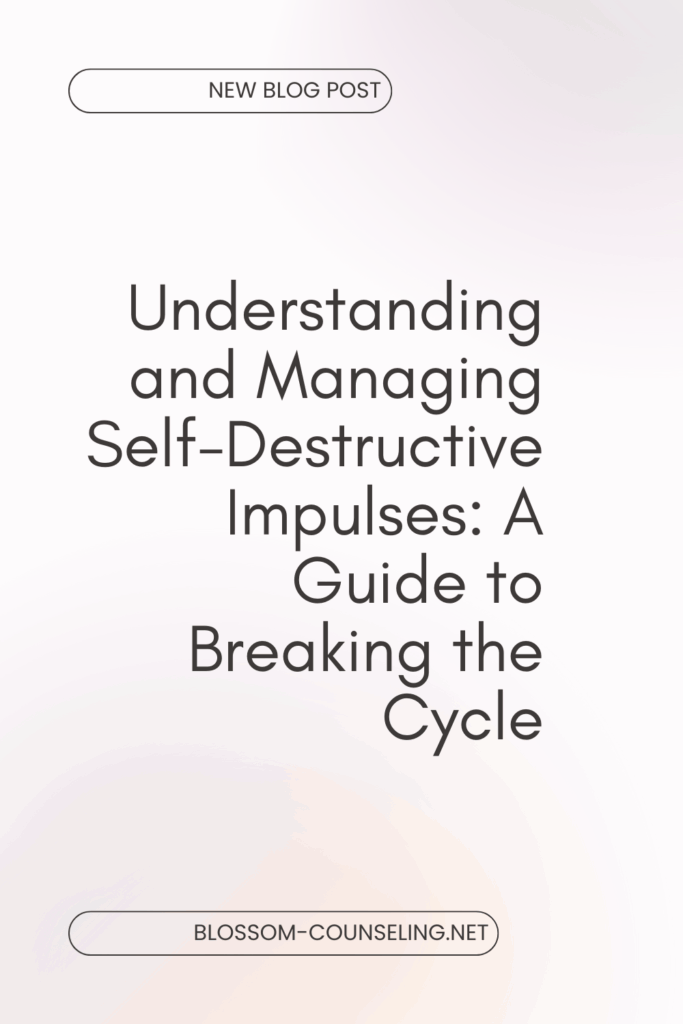Dissociation can feel like slipping out of reality—like you’re floating outside your body, detached from your surroundings, or watching your life like a movie. It’s a protective mechanism, often linked to trauma, anxiety, or extreme stress. Your brain essentially hits the “eject” button when things feel overwhelming.While dissociation can serve a purpose in the moment, it can also be disorienting and frustrating, especially if it happens often. Grounding techniques help bring you back to the present, reconnecting you to your body and your environment. They work by engaging your senses, movement, and mental focus, making it easier to regain control when you feel like you’re drifting away.
1. The 5-4-3-2-1 Method
This is a classic grounding exercise that activates all five senses to help anchor you in the present.
5 things you can see – Name objects around you: a book, a lamp, a pattern in the carpet.
4 things you can touch – Feel the fabric of your clothes, the smoothness of a table, or the warmth of your own skin.
3 things you can hear – Listen to birds outside, the hum of a refrigerator, or the sound of your breath.
2 things you can smell – If nothing stands out, sniff your wrist, a scented candle, or even a piece of fruit.
1 thing you can taste – Sip a drink, chew gum, or focus on the lingering taste in your mouth.
This technique forces your mind to focus on concrete sensations rather than floating away.
2. Temperature Shifts: Ice or Cold Water
One of the quickest ways to jolt yourself back into the present is to use temperature changes. Hold an ice cube, splash cold water on your face, or run your hands under cool water. The sudden sensation activates your nervous system and pulls you out of dissociation. If cold doesn’t work for you, try holding a warm mug of tea or taking a hot shower instead.
3. Move Your Body in a Big, Exaggerated Way
Dissociation often makes you feel disconnected from your body, so moving in purposeful, exaggerated ways can help. Try jumping up and down, stretching your arms high above your head, shaking your hands out, or doing a few squats. Even clapping your hands together loudly can create enough sensory input to pull you back.
4. Carry a “Grounding Object”
Having a small, familiar object that you can carry around—a smooth rock, a piece of jewelry, or a fidget toy—gives you something to physically hold onto when dissociation kicks in. The texture, weight, and temperature of the object serve as a physical reminder that you are here, now.
5. Engage Your Brain: Recite, Count, or Spell
Sometimes, giving your brain a structured task can disrupt dissociation. Try:
Reciting the alphabet backward
Counting by sevens (7, 14, 21…)
Naming as many animals as you can in 30 seconds
Spelling your name or a favorite word out loud, letter by letter
This forces your brain to engage in logic and pattern recognition, bringing you back to the present moment.
6. Describe Your Surroundings in Detail
Narrate what you see as if you’re explaining it to someone who’s never been there before. “The couch is dark blue, with three cushions. There’s a small coffee stain on the right side. The lamp next to it is slightly tilted.” The more detail, the better. This anchors you in your environment and helps reorient your sense of place.
7. Use Strong Scents or Flavors
Dissociation can make everything feel distant or muted. Strong smells and tastes cut through that fog. Smell a bottle of essential oils, rub scented lotion on your hands, or chew something with a strong flavor like cinnamon gum, sour candy, or a peppermint. These sharp sensations can snap you back into the present.
If dissociation is something you experience often, grounding techniques can be a helpful tool to keep in your mental health toolbox. Different techniques work for different people, so experiment and see what feels right for you. Having a go-to list of grounding strategies can make a big difference when you feel yourself slipping away.
Our team of compassionate therapists is here to help you find the support you need. We believe in a holistic approach, treating your mind, body, and spirit. With a blend of traditional and alternative therapies, we tailor your experience to meet your unique needs. At Blossom, we create a non-judgmental space where you can be your authentic self. Our goal is to empower you, amplify your strengths, and help you create lasting change. Together, we’ll navigate life’s challenges and help you bloom, grow, blossom! You deserve to become the best version of you.




